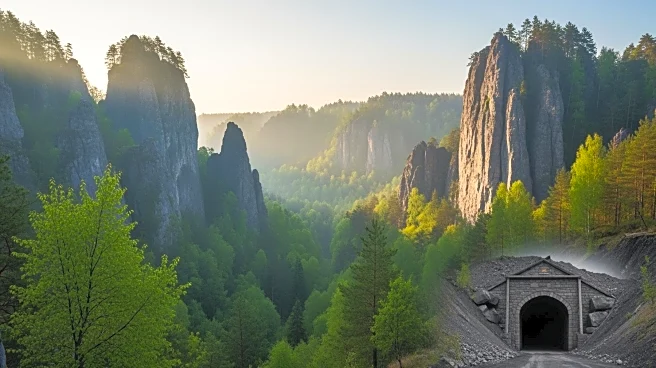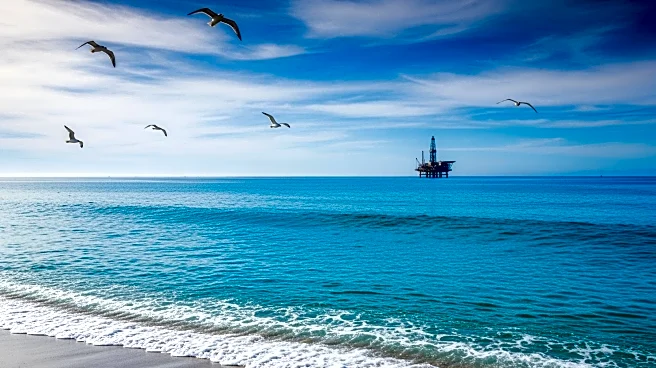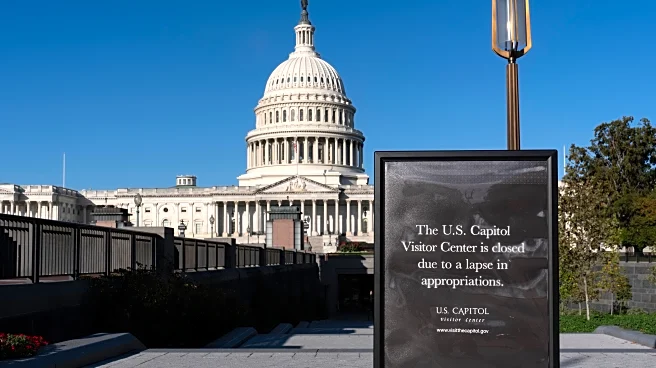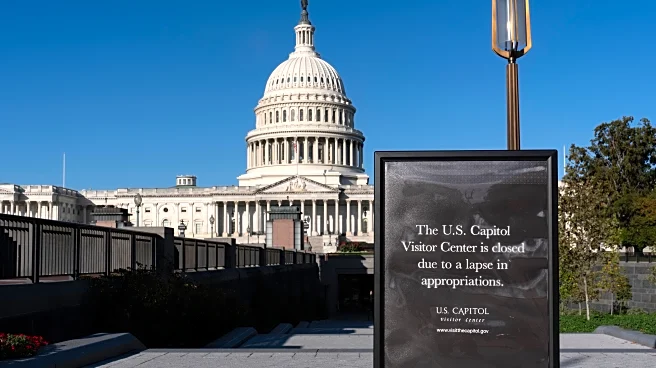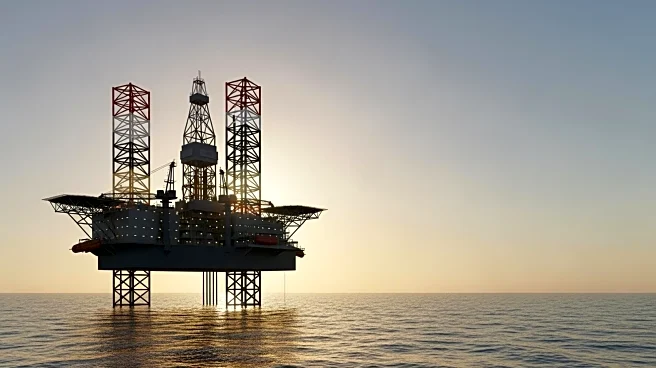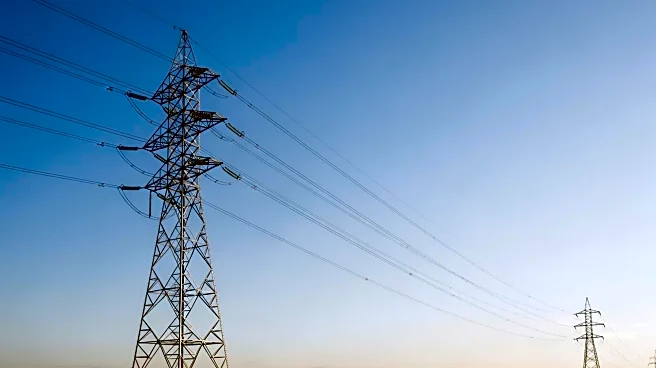What's Happening?
The Trump administration has opened over 13 million acres of federal land for coal leasing, including 48,000 acres in Utah near popular national parks such as Zion, Bryce Canyon, and Capitol Reef. This
decision reverses previous designations by the Bush administration in 2008, which deemed these areas unsuitable for coal mining. The move is part of a broader strategy to boost coal production and reduce reliance on foreign energy sources. Conservationists have expressed concern over the proximity of these leases to national parks, fearing potential environmental impacts and disruption to the natural beauty of these areas.
Why It's Important?
The decision to open land near national parks for coal leasing has significant implications for environmental policy and conservation efforts. It highlights the ongoing tension between energy development and preservation of natural landscapes. The move could lead to increased coal production, potentially benefiting the economy and job creation in the energy sector. However, it also poses risks to the environment and tourism, which are vital to local economies in Utah. The controversy underscores the broader debate over energy policy and environmental protection in the U.S.
What's Next?
Coal leases are driven by applications from private entities, meaning companies must apply to develop these lands. The interest in these leases remains uncertain, as recent sales in other regions have seen limited bids. Conservation groups are likely to continue advocating against coal development near national parks, potentially leading to legal challenges or public campaigns. The administration's decision may also prompt discussions on balancing energy needs with environmental conservation.
Beyond the Headlines
The opening of coal leases near national parks raises ethical questions about the stewardship of public lands and the prioritization of economic interests over environmental preservation. It may also influence future policy decisions regarding land use and energy development, setting precedents for how similar situations are handled. The cultural significance of national parks as symbols of natural heritage and conservation could be impacted, affecting public perception and engagement with these protected areas.
